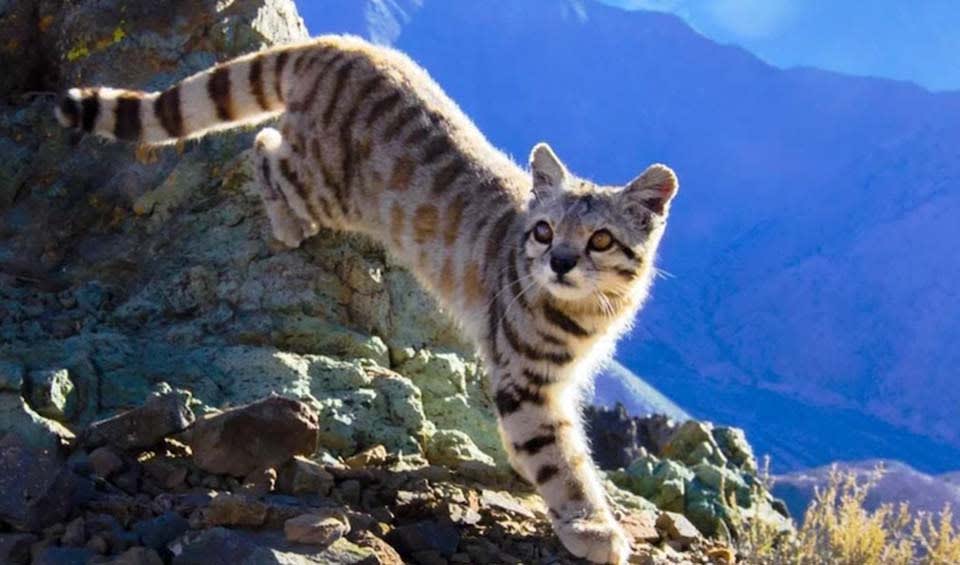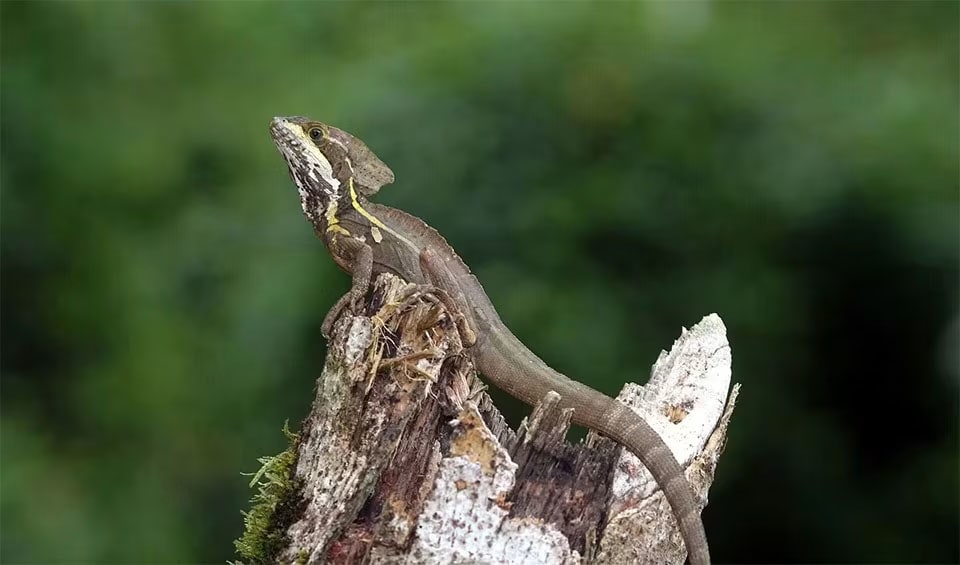Bolivia is recognized as one of the world’s most biologically diverse nations, boasting extensive, pristine ecosystems that range from humid to dry forests. Positioned in the tropics, its varied topography and climate foster a multitude of ecosystems, from the majestic Andean mountainscapes to the lush Amazon rainforests and the distinctive dry forests of the Chaco.
Over 17% of Bolivia’s land is designated as protected areas. According to the Wildlife Conservation Society (WCS), Bolivia ranks among the top 15 countries globally for biological richness, standing 11th in plant diversity, third in butterfly abundance, and sixth in bird diversity. Additionally, Bolivia’s population is notably multi-ethnic, adding to its rich cultural diversity.
Four pillars elaborated:
Bolivia features a varied terrain with numerous protected zones, accounting for about 20% of its land. These include national parks, departmental reserves, and municipal protected areas, all of which play a crucial role in preserving its rich biodiversity. A notable achievement in 2024 was the establishment of El Gran Manupare, a vast new protected area almost 10 million hectares (100,000 km²) large in the Bolivian Amazon, enhancing the region’s conservation network. Despite these extensive conservation efforts, challenges such as deforestation and land encroachment persist. For instance, the Ñembi Guasu reserve, Bolivia’s second-largest protected area, has been adversely affected by fires, agricultural expansion, and road development, which compromise its conservation efficacy. Land Management
Land Management
In Bolivia, biodiversity faces significant anthropogenic threats due to the expansion of agriculture and livestock production, including the growth of monocultures such as soybean and corn, and the increase in beef production. From 2005 to 2012, cultivated land grew by 21%, with an expected addition of 6 million hectares (60,000 km²) by 2025. Additional threats include unregulated mining and poorly planned infrastructure. Direct impacts on species include poaching for luxury markets, illegal logging, wildlife trafficking, and pollution from various sources including mining and agrochemicals. Threats to Biodiversity
Threats to Biodiversity
Moreover, certain species are threatened by habitat fragmentation, low genetic diversity, and competition for resources. Climate change exacerbates these issues, particularly through extreme weather events, which are expected to intensify desertification in the high Andean plains and impact lowland regions by further driving agricultural expansion.
Bolivia has implemented various laws and mechanisms, such as the Law on Biodiversity and Protected Areas and the National System of Protected Areas (SINAP), to ensure the conservation of its diverse ecosystems and unique species. These laws and systems provide a framework for regulating protected areas and promote sustainable use of natural resources. SINAP plays a vital role in coordinating conservation efforts across governmental and non-governmental organizations, enhancing collaboration and resource sharing. Capacity and Governance
Capacity and Governance
Additionally, the Biodiversity Research Institute (BIOREDD+) supports these initiatives by conducting scientific research and monitoring, crucial for informed decision-making and effective conservation strategies. Despite these efforts, Bolivia recognizes the need for improved monitoring and review systems to effectively implement these measures. The country also engages in international conservation initiatives, like the Convention on Biological Diversity (CBD), to align its efforts with global standards and practices in biodiversity conservation.
Bolivia’s strategy for preserving its biodiversity is centered around identifying and protecting Key Biodiversity Areas (KBAs). These regions are vital for maintaining the nation’s ecological richness and promoting the well-being of its people. A primary target for this strategy is the Chiquitania region, which holds 78% of Bolivia’s biodiversity and accounts for 70% of its agricultural output. The government is dedicated to fostering sustainable production methods that reduce environmental harm while preserving biodiversity. This commitment includes the adoption of non-market-based approaches to guarantee sustainability over the long term. Future Trends
Future Trends
Biodiversity
The Amazon rainforest is a biodiversity hotspot covering about two-thirds of Bolivia. This region is home to an extraordinary variety of wildlife, including jaguars, pumas, tapirs, and several species of monkeys like the howler monkey and spider monkey. The rainforests are also rich in birdlife, with species like the harpy eagle, macaws, and toucans. The plant life is equally diverse, with numerous species of trees, orchids, and medicinal plants. Notable protected areas in the Amazon region include Madidi National Park, one of the world’s most biodiverse parks, and the Noel Kempff Mercado National Park, a UNESCO World Heritage site.The Andes mountains and the Altiplano region starkly contrast to the Amazon rainforest. These high-altitude areas are characterized by unique ecosystems such as puna grasslands and polylepis forests. The Altiplano is home to species adapted to the harsh, cold environment, including the vicuña, llama, and the Andean condor, one of the largest flying birds in the world. Lake Titicaca, the largest high-altitude lake in the world, supports unique aquatic species and a variety of birdlife.
In the table below are the number of known species in several main groups, how many of these species are Threatened with extinction, and how many of them are Endemic (unique to Bolivia only):
| Species (World rank) |
Threatened | % Threatened | Endemic | % Endemic | |
|---|---|---|---|---|---|
| Mammals | 416 (#14) | 21 | 5.0% | 32 | 7.7% |
| Birds | 1,437 (#6) | 45 | 3.1% | 17 | 1.2% |
| Reptiles | 325 (#26) | 11 | 3.4% | 26 | 8.0% |
| Amphibians | 260 (#15) | 35 | 13.5% | 71 | 27.3% |
| Fishes | 418 (#133) | 16 | 3.8% | 13 | 3.1% |
| Plants | 13,644 (#18) | 106 | 0.8% | 2,396 | 17.6% |
mammals
Spectacled bear
The last surviving bear species of South America, native to the Andes mountains
Margay
These wild cats are cute, intelligent, agile, and well-adapted to inhabiting tropical and subtropical forests
Andean mountain cat
One of the rarest wild cats, until recently, most data about them were collected from 2 photographs, 3 skull samples, and 14 skin samples
birds
Lesser rhea
The cute birds from South America
Wattled curassow
Frequently detected through their vocalizations rather than being visually observed
Hyacinth macaw
This amazing creature is the largest parrot in the world and one of the most beautiful birds on Earth
reptiles
Yacare caiman
Jacare caiman, raguayan caiman, piranha caiman, red caiman, southern spectacled caiman! It has no shortage of nicknames
Green anaconda
When most people say anaconda, they mean the green anaconda, the largest of all snakes!
Common basilisk
Also called the Jesus Christ lizard because of its ability to walk on water
amphibians
Cane toad
When a big one meets a smaller one, it’s lunch!
Ringed caecilian
They do not just look like snakes, but they might also be able to deliver a nasty bite
Mission golden-eyed tree frog
Golden-eyed frog, Panda treefrog, Blue-milk frog -so many cute names for such a poisonous animal!
National Animals
Andean condor
The largest and heaviest raptor in the world
Llama
Think of camels, but minus the hump!


















